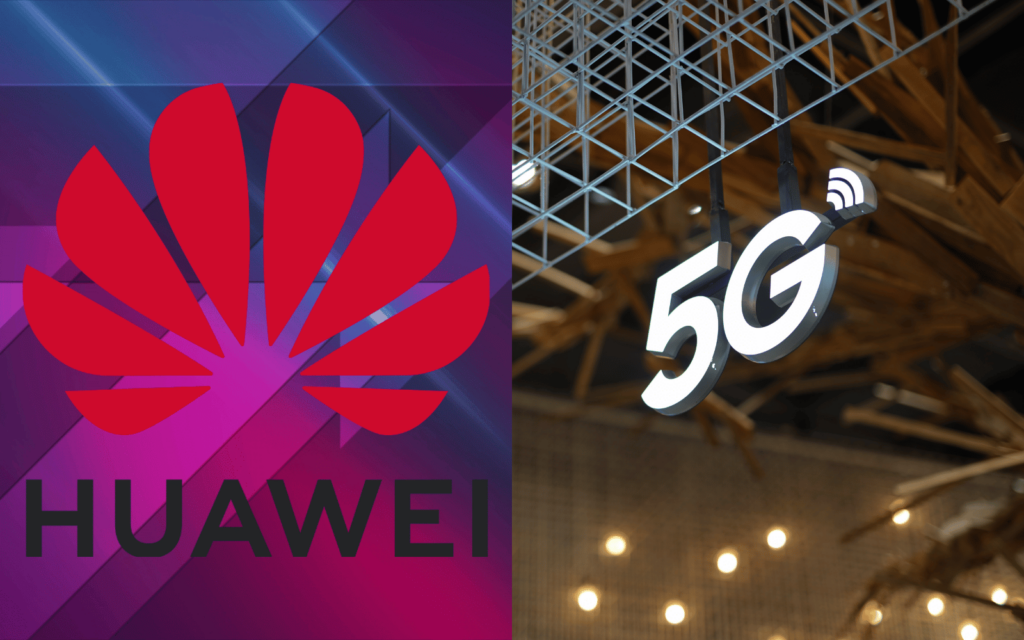After spending the last three (and a half) years as the black sheep of the smartphone industry, Huawei Technologies might soon reclaim its seat at the table. How? With the return of 5G technology in its devices, according to a report from the folks over at Reuters.
5G is 5g…
That’s if Reuters’ sources are to be believed, of course. The news in question comes from three third-party research firms that primarily cover China’s smartphone sector, though all have opted to remain anonymous. They mention that Huawei has the potential to secure its own 5G chipsets “using its own advances in semiconductor design tools along with chipmaking from Semiconductor Manufacturing International Co (SMIC).”
If you’re wondering what the hell we’re talking about, let’s take a step back. Back in May of 2019, Huawei Technologies was added to the Entity List by the US, effectively cutting off the Chinese giant’s supply of ready-made 5G chipsets. Nearly four years later, the company is just barely getting by with its sale of 4G-enabled smartphones. 5G smartphones are the gold standard and Huawei’s devices… aren’t. Not quite.
Read More: Huawei Mate X3 review – Mate-ing season already?
What next?
If Huawei is making its own 5G-enabled chipsets, what’s there to worry about? At the moment, production yield. One of those research firms claims that Huawei is expected to use SMIC’s N+1 manufacturing process, though the forecasted yield rate of usable chips would be below 50%. A rather costly forecast that Huawei will need to up in the coming months if it has any hopes of becoming a competitor to the likes of Samsung and Android again.
According to one of those research firms, that could limit the smartphone manufacturer to two to four million 5G units, with another claiming that number could stretch as high as ten million.
That’s far below the company’s estimated mobile shipment targets it set for 2023 currently sitting at 40 million units. If Huawei expects to reenter the 5G game before 2023’s end, it might have to make some sacrifices when it comes to 5G availability. Reuters’ sources claim that it could potentially produce 5G-enabled versions of its current P60 line-up before the end of 2023, with a larger expansion of 5G-capable kit in early 2024.




